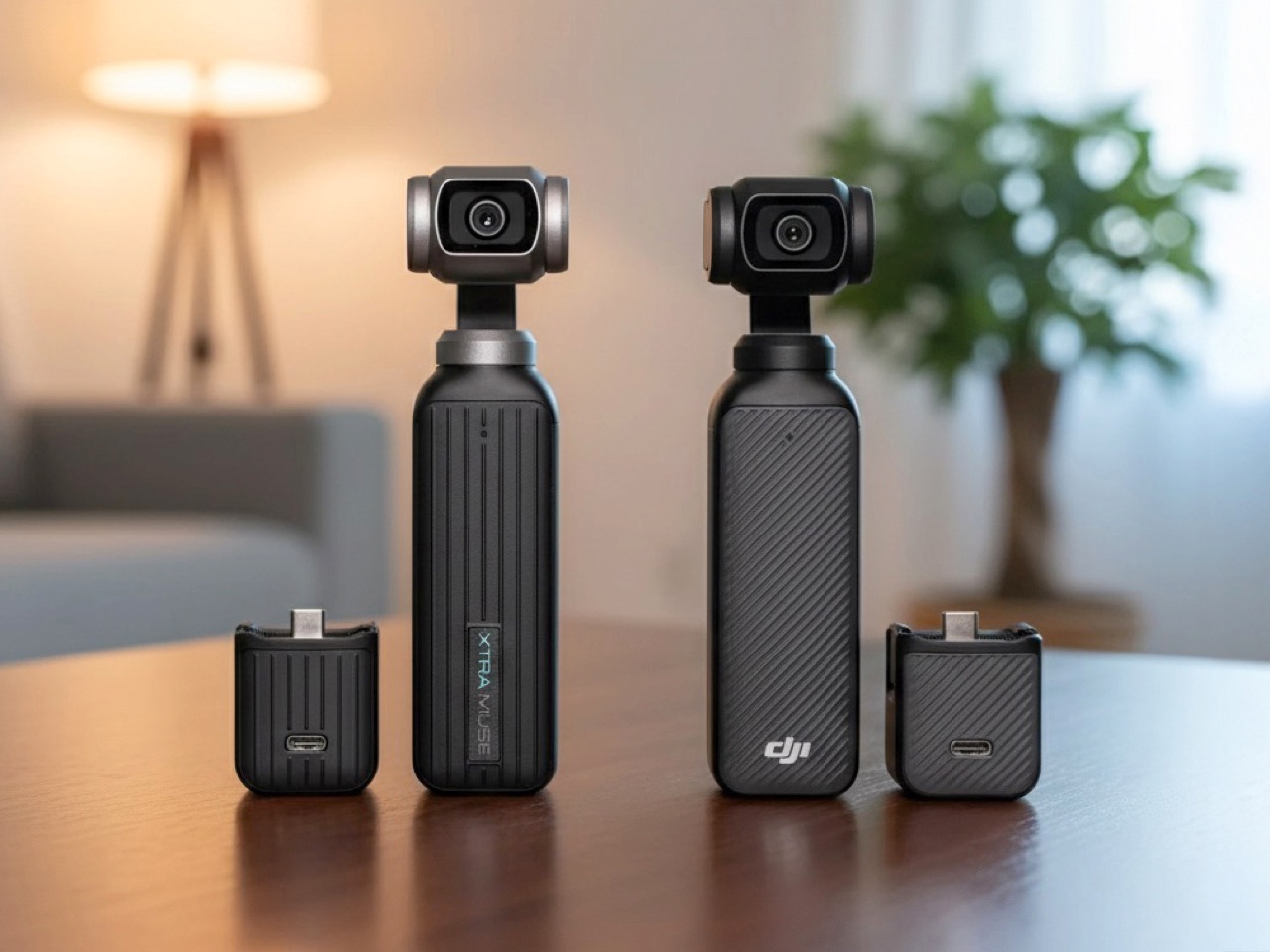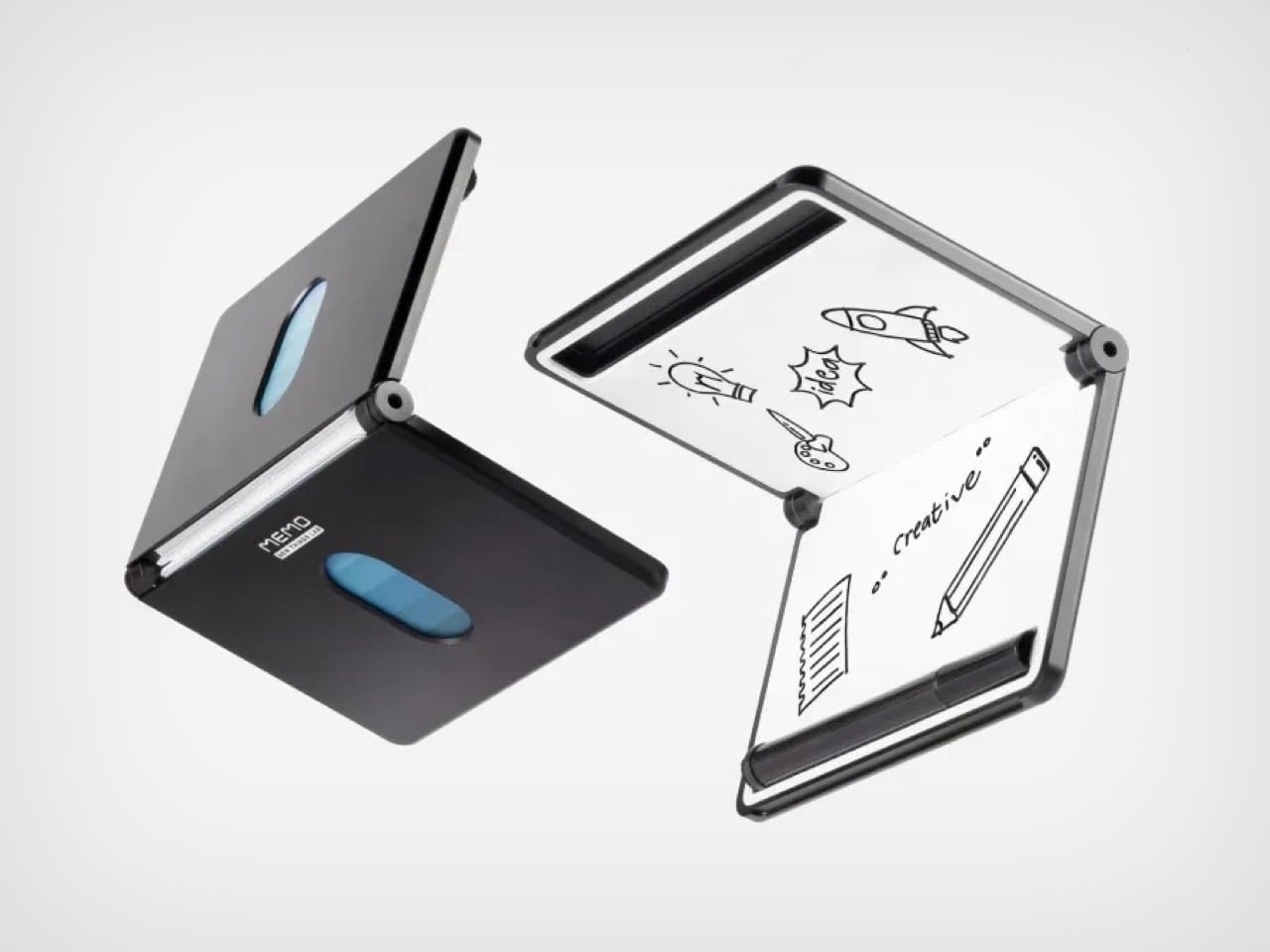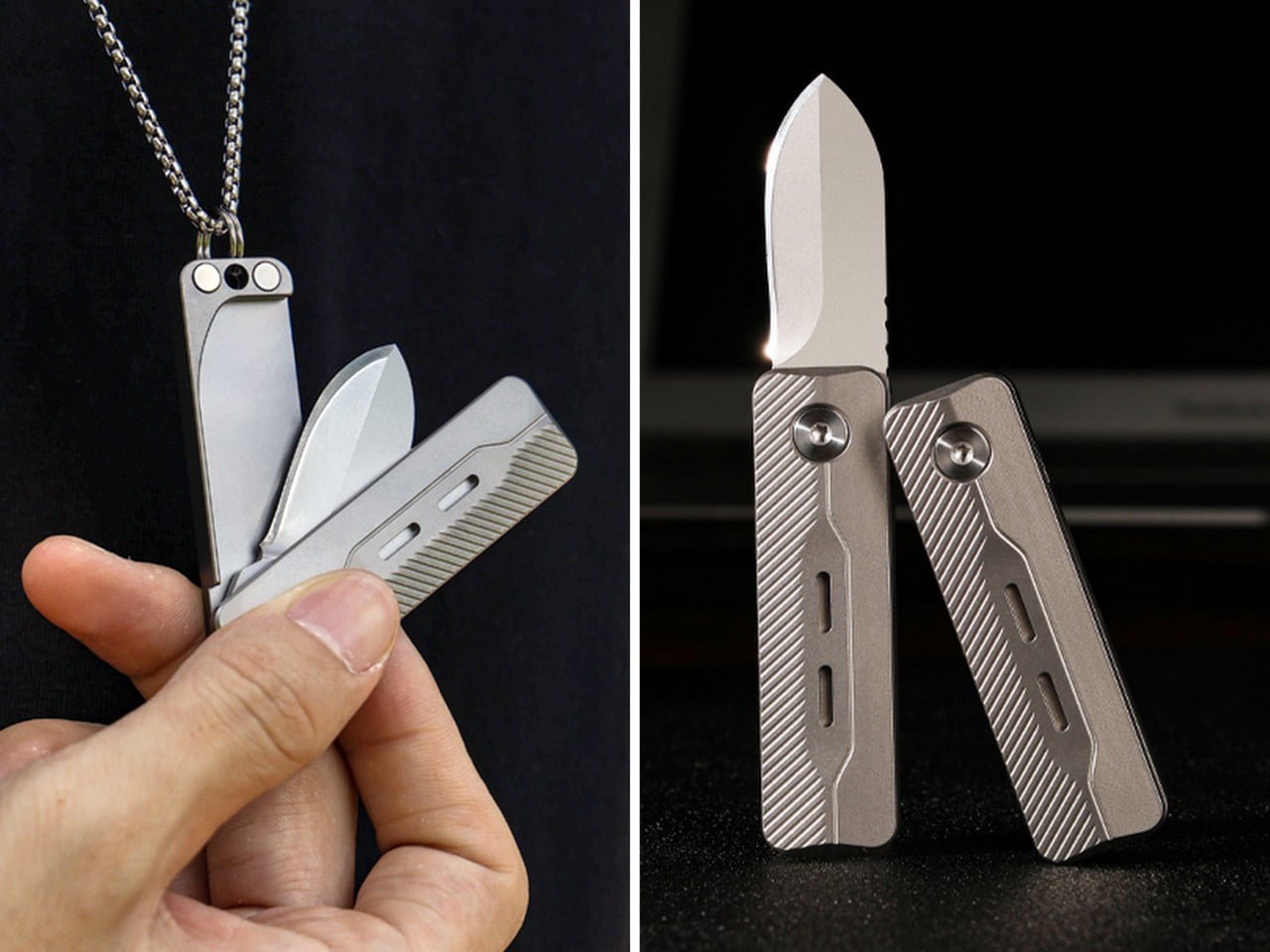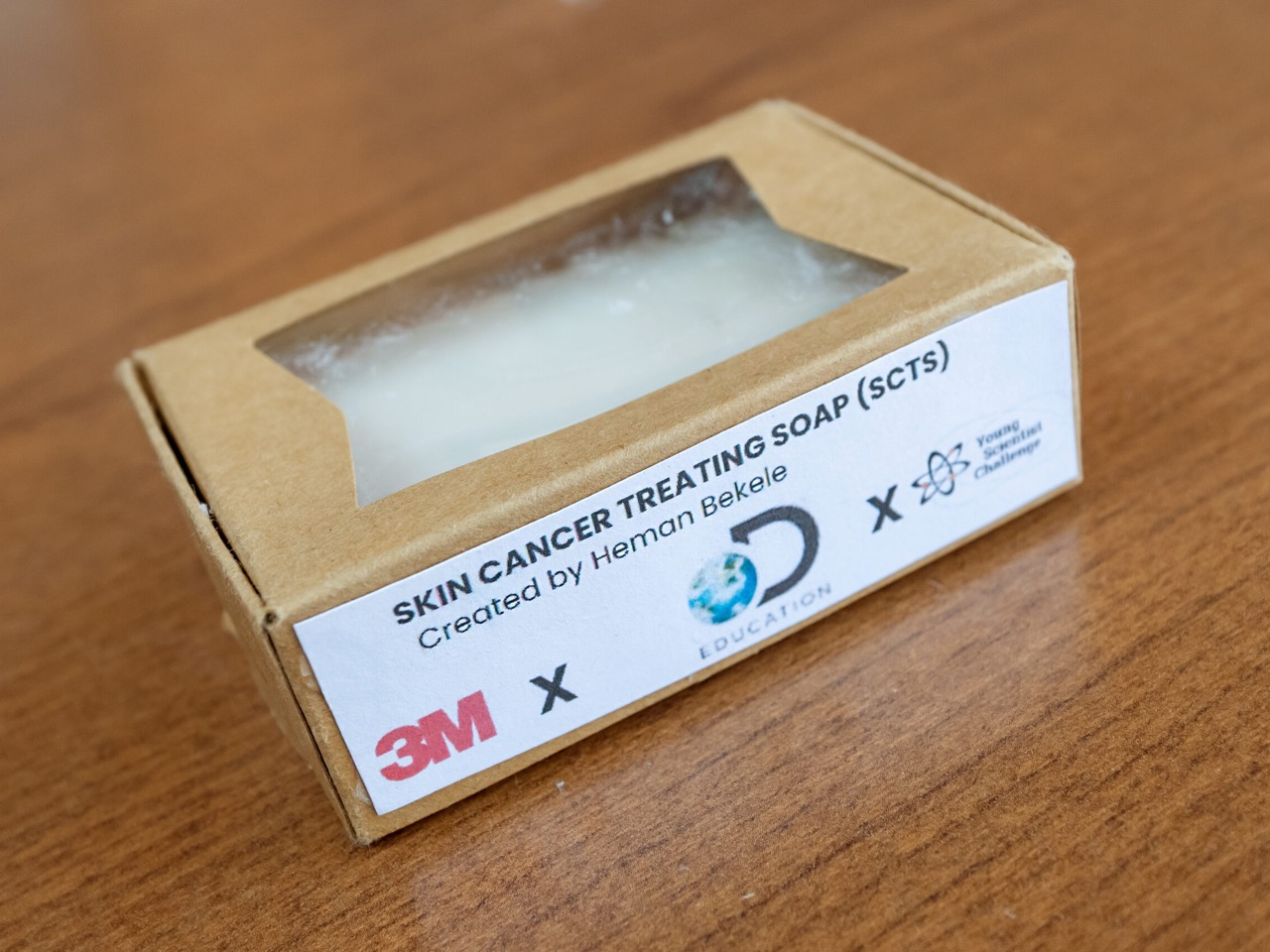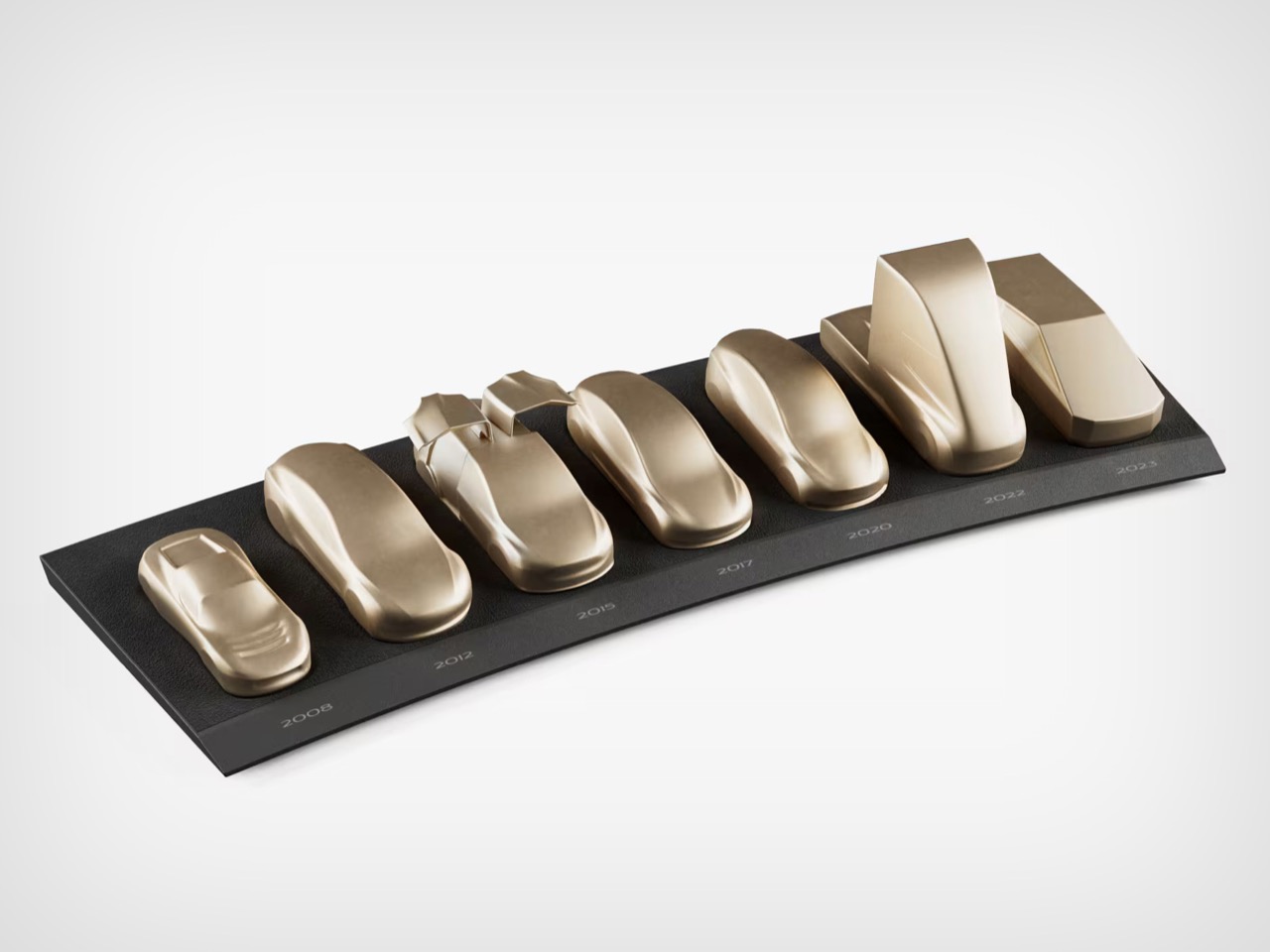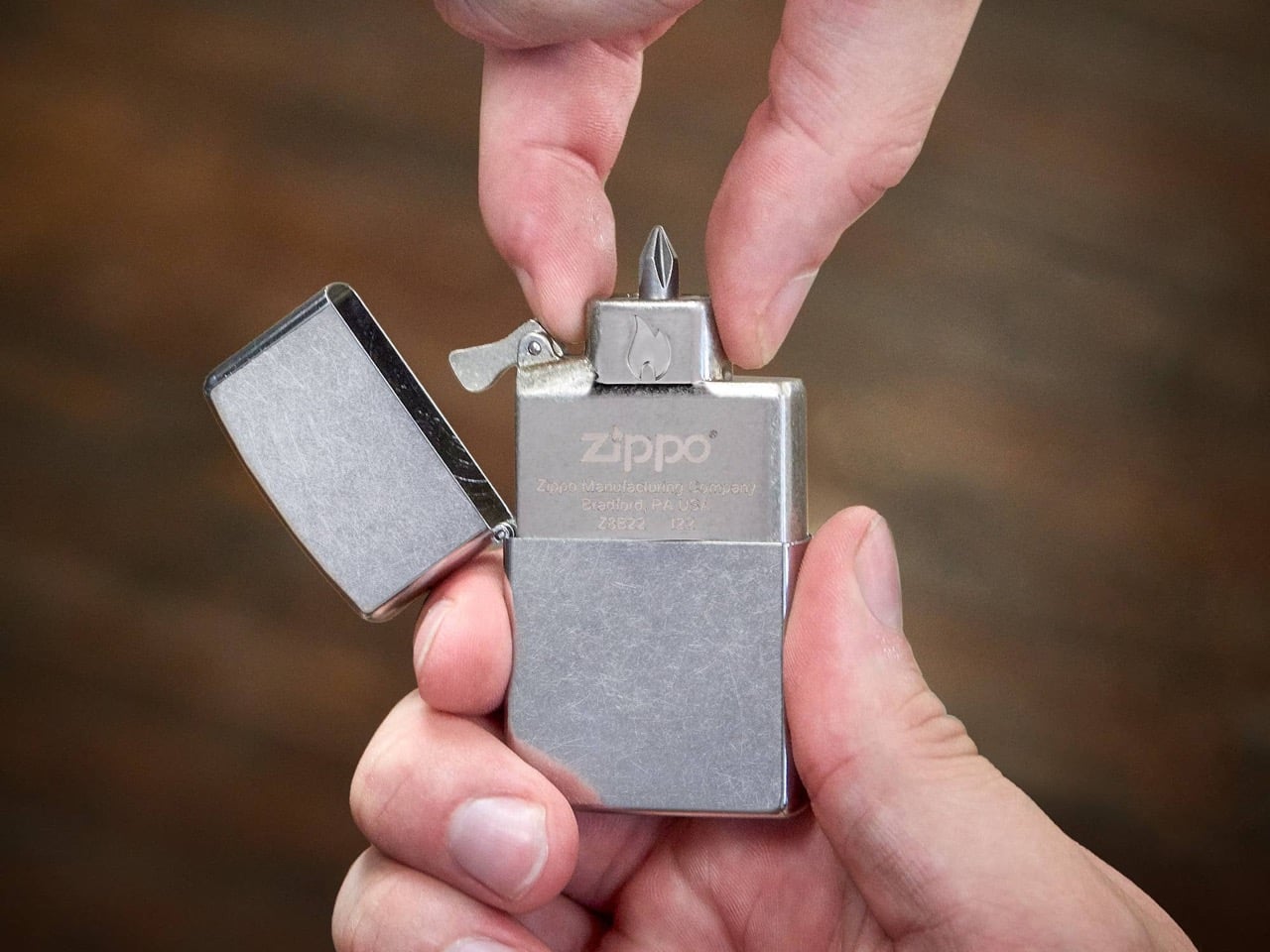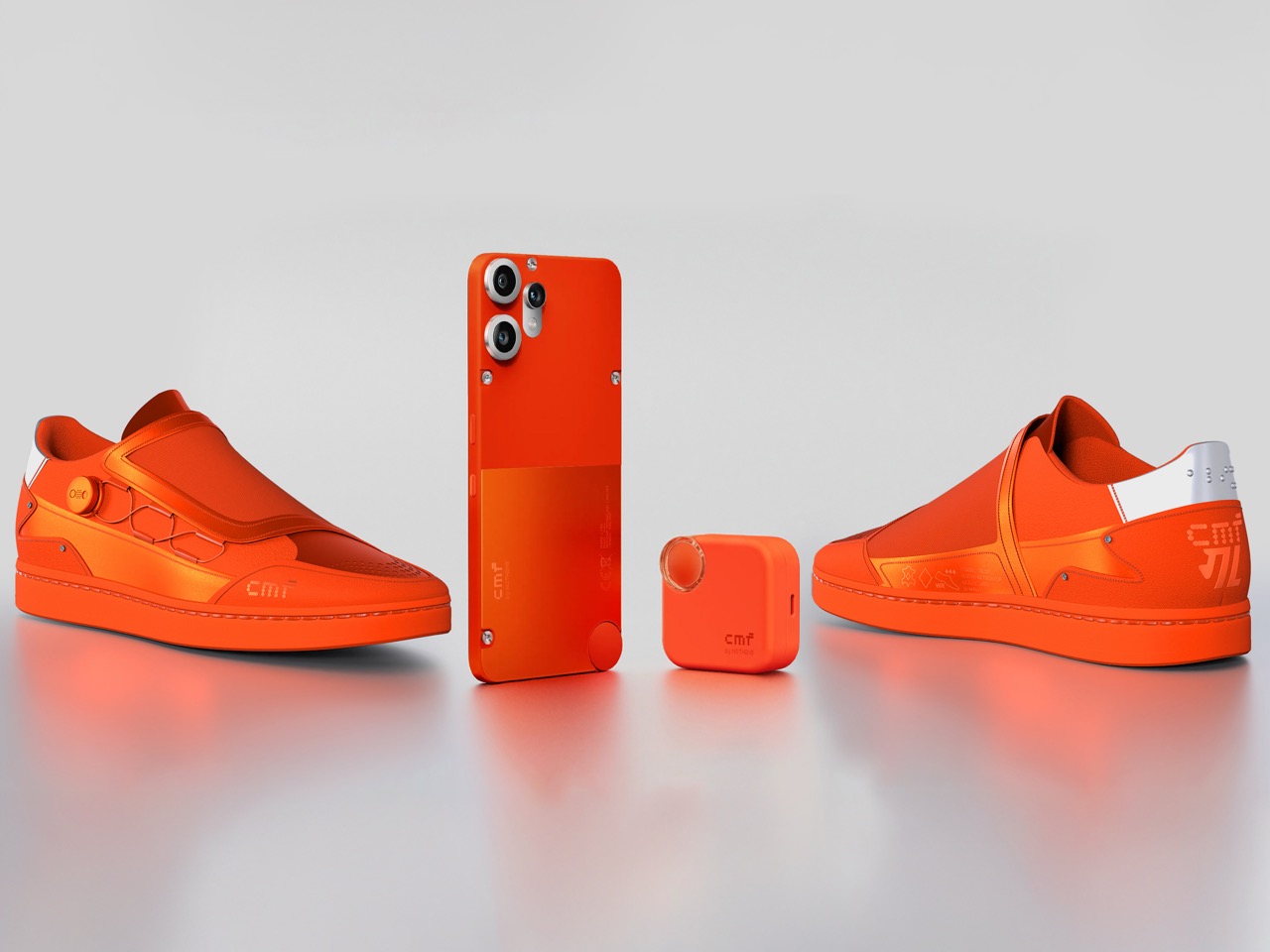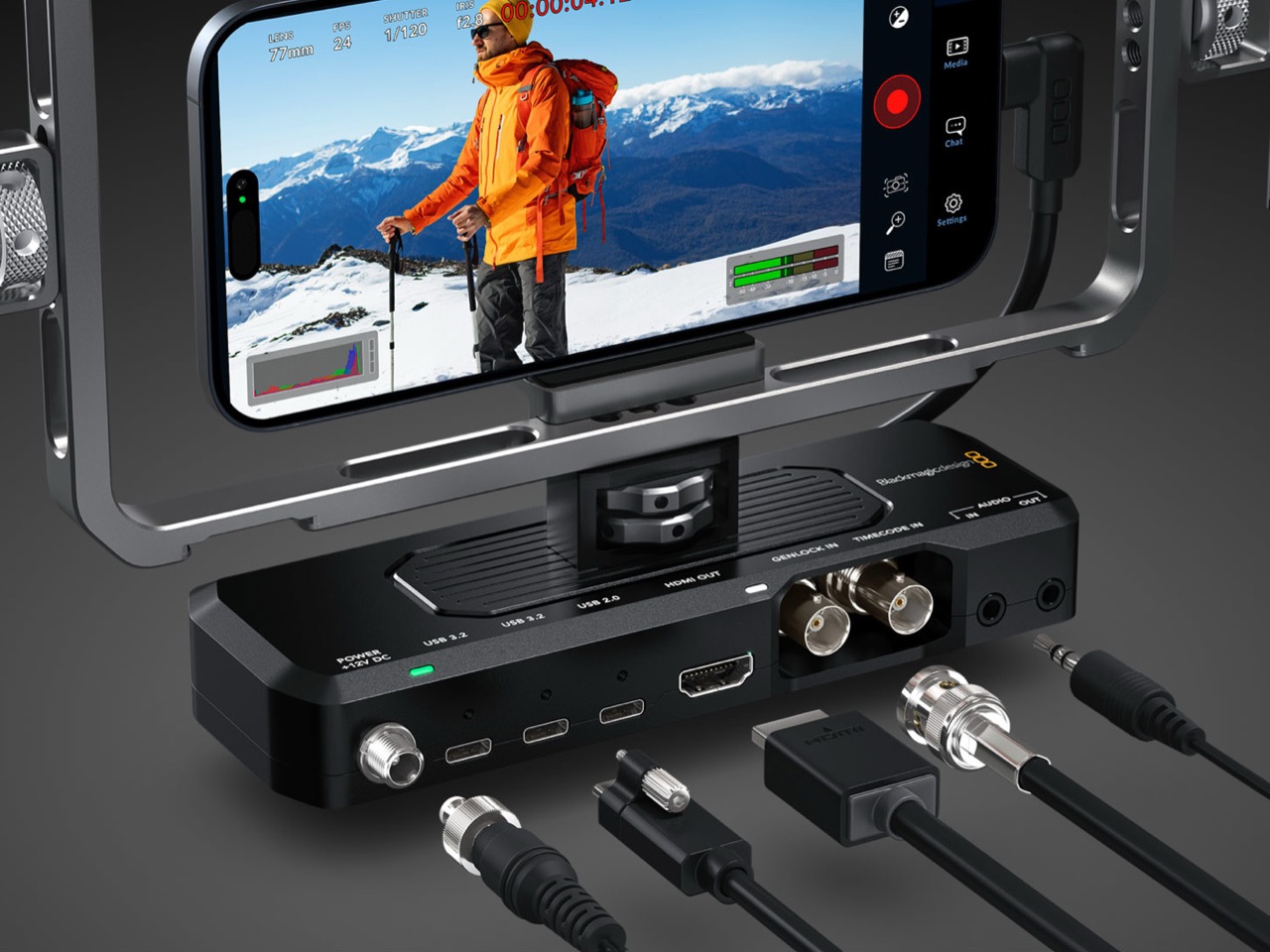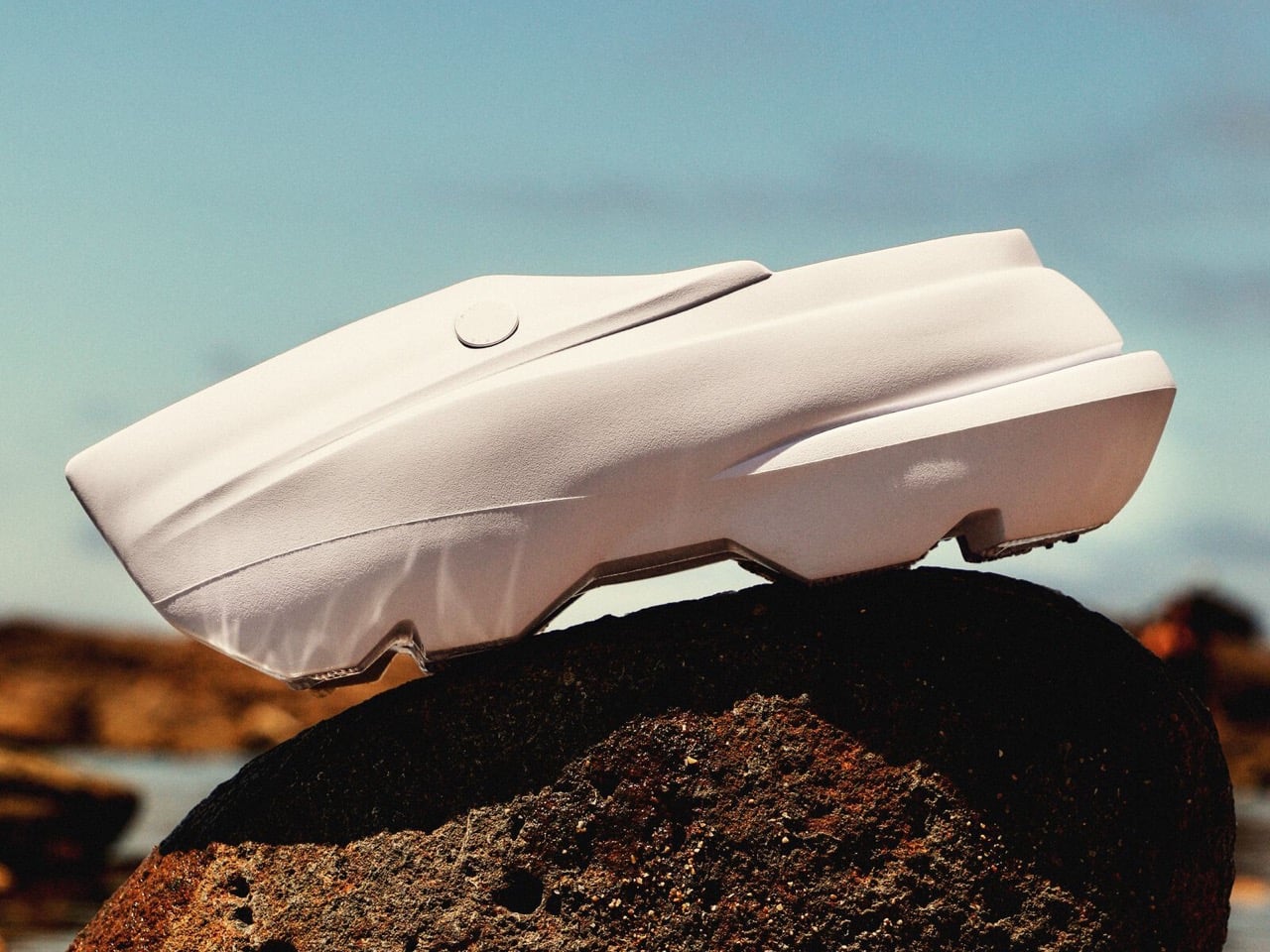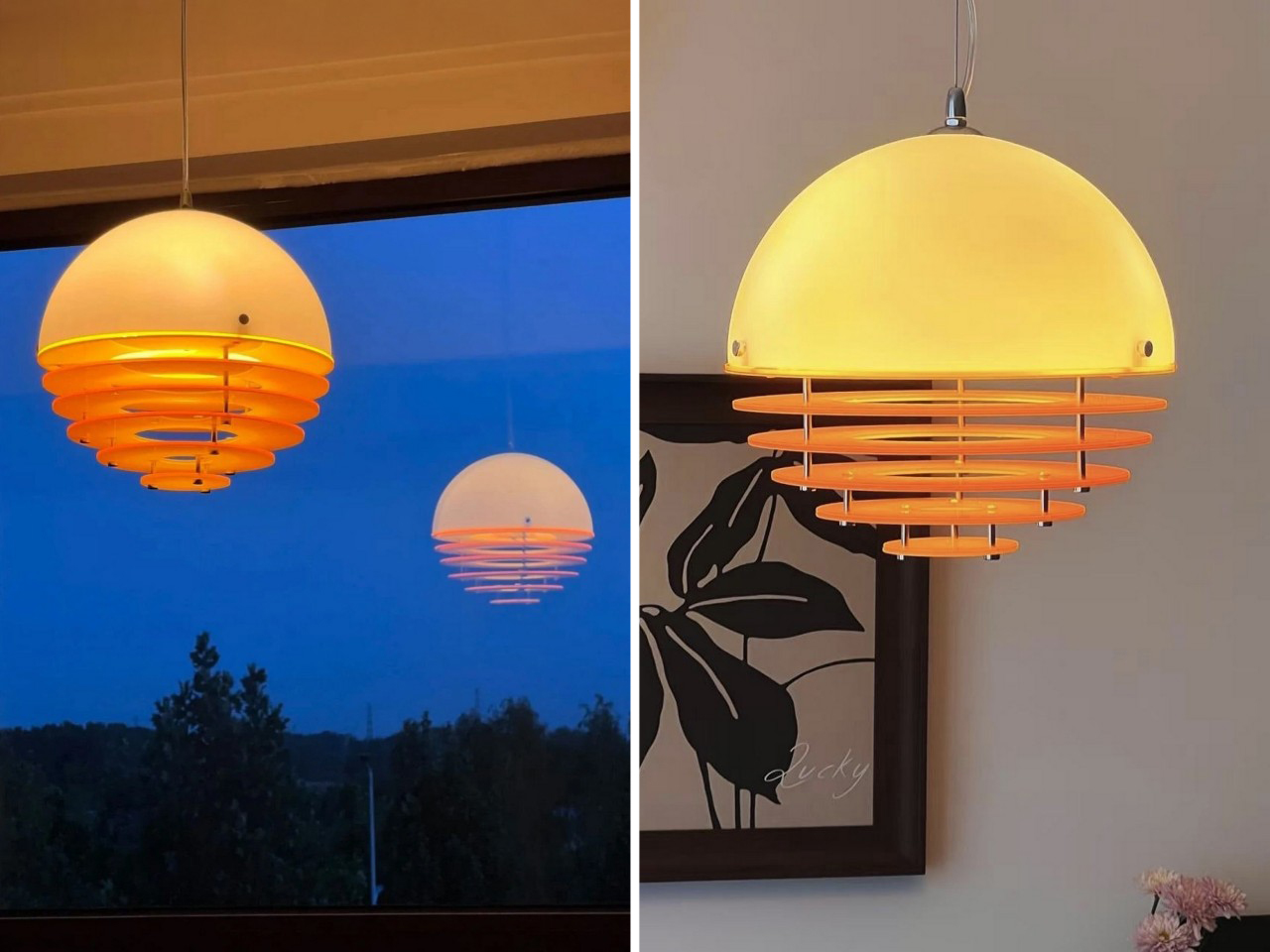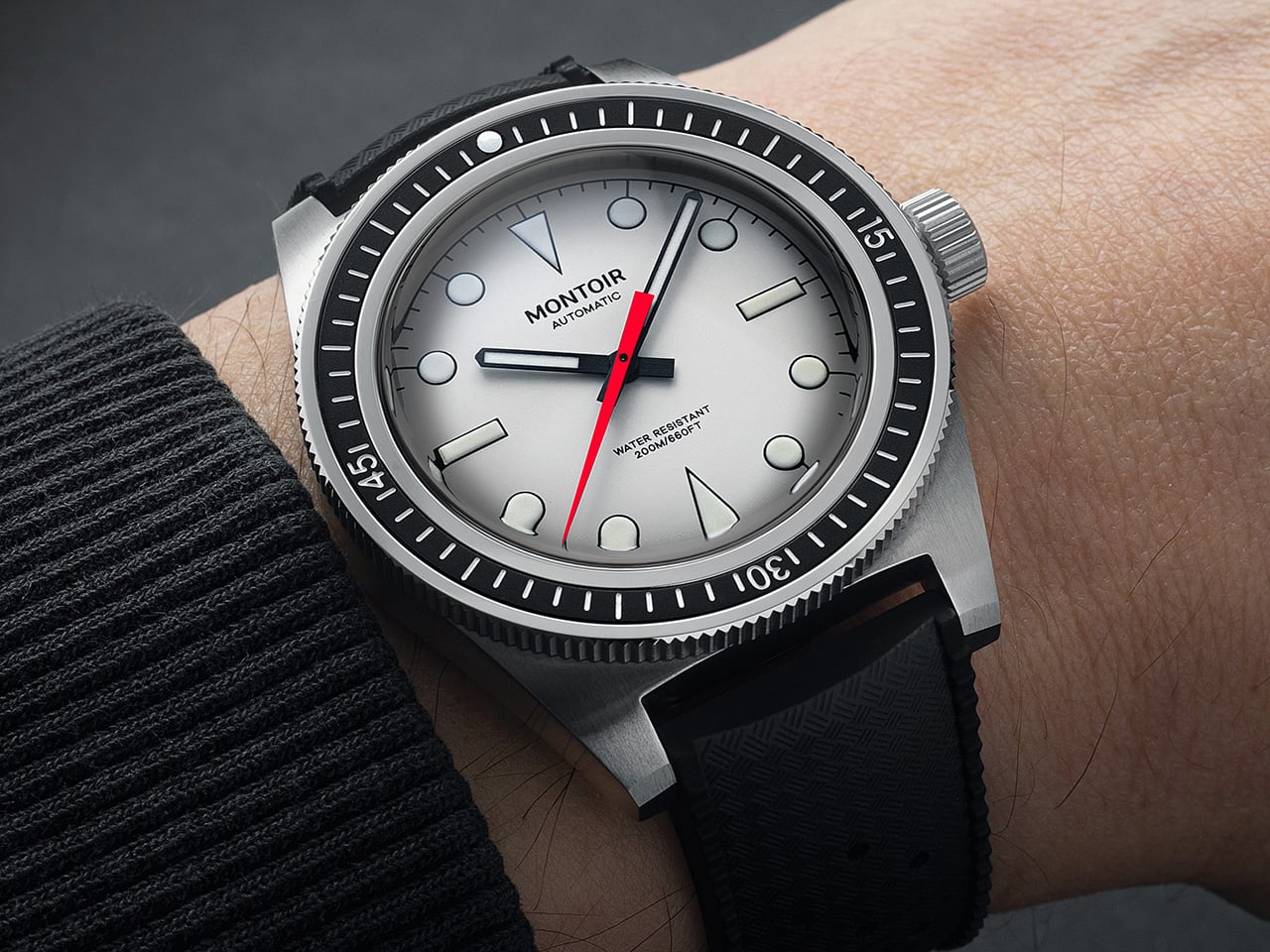DJI Just Launched a Secret Camera Brand to Dodge US Tariffs (Here’s Where To Buy It)
There’s a new camera brand in town called Xtra, and it’s selling cameras that look exactly like DJI’s most popular models, except without the tariff markup. I’m talking functionally identical hardware here. The Xtra Muse is the DJI Osmo Pocket 3. The Xtra Edge is the DJI Osmo Action 4. Same specs, same build, same everything, just different branding on the box and a price tag that doesn’t include the Trump tax that’s been crushing DJI’s US pricing for the past year.
Here’s where it gets wild: Xtra has no history, no visible headquarters, no executives with public profiles, and exists seemingly for the sole purpose of selling rebranded DJI cameras in America. The Verge literally tore down the Xtra Muse and found that the internals are identical to the Osmo Pocket 3, down to the circuit boards and processors. This isn’t some knockoff operation reverse-engineering DJI’s tech. This is DJI’s tech, just with a different name slapped on it. The only logical conclusion is that DJI created Xtra as a shell brand to dodge tariffs and customs scrutiny.
Trump’s trade war turned DJI’s US pricing into an absolute disaster. Baseline tariffs on Chinese goods started at 10 percent, then got ratcheted up to 25 percent and higher for electronics. DJI drones and cameras got hammered. The Osmo Pocket 3, which should cost around $500, now sells for $799 in the US after multiple tariff-driven price hikes. Add to that the fact that US Customs has been randomly blocking some DJI shipments entirely, citing vague forced labor concerns even though there’s no actual ban in place. The company has been caught in this bureaucratic nightmare where products either vanish from shelves, show up at inflated prices, or appear through sketchy third-party sellers with no clear connection to DJI.
So DJI ‘allegedly’ decided to get creative. Can’t import cameras under the DJI brand without getting slapped with massive tariffs? Fine, just create a new brand and import them that way. Xtra sells exactly three products, all of which correspond perfectly to DJI’s current consumer camera lineup. The Muse is the Pocket 3. The Edge is the Action 4. There’s another action camera variant that also maps directly to a DJI product. Every single item in Xtra’s catalog is a DJI camera wearing a disguise. The company has zero web presence beyond a barebones storefront, and when journalists ask DJI about any connection to Xtra, the company refuses to comment. That silence is basically an admission.
Sean Hollister’s (Verge) investigation reveals that even the UI is almost identical, along with inner components.
The Verge’s teardown really sealed the case. They pulled the Xtra Muse apart and photographed every component. The sensor, the processor, the gimbal mechanism, the circuit board layout, everything matches the Osmo Pocket 3 exactly. You can’t fake that level of identity through copying. These cameras are coming off the same production line, built to the same specifications, probably in the same Chinese factory. The only differences are cosmetic: different logo, slightly tweaked packaging, maybe some altered serial number formatting. That’s it. You’re buying a DJI camera, you’re just not buying it from DJI, at least not officially.
Xtra products don’t sell through DJI’s official US store, which has been a ghost town for months due to the tariff chaos. Instead, they show up on Amazon through sellers like AeroTech Hubs, which has no existence outside of its Amazon storefront and sells almost nothing but DJI-adjacent gear. AeroTech also sells one random hairdryer for some reason, presumably to look less suspicious. The whole operation feels like a front, and that’s because it probably is. By routing products through Xtra and using different product codes, DJI can potentially avoid the tariff classifications that hit Chinese-branded electronics and slip past customs agents who are specifically looking for DJI shipments. It’s logistical sleight of hand.
Customs enforcement has been wildly inconsistent, which creates the exact conditions for this kind of workaround. Some DJI shipments get blocked. Others go through fine. There’s no clear pattern, no transparent ruleset, just arbitrary decisions made by officials applying vague guidelines. DJI has clearly decided it’s not going to sit around waiting for clarity or hoping tariffs will ease. The company needs to sell cameras in America, so it’s going to sell cameras in America, even if that means inventing a fake brand to do it. The audacity is almost impressive.
Tariffs only work if customs can identify and tax the goods being imported. DJI’s Xtra scheme exposes how fragile that enforcement actually is in the age of global supply chains and e-commerce. Change some branding, tweak the packaging, route things through intermediaries, and suddenly your 25 percent tariff disappears into bureaucratic confusion. The US government can tax DJI cameras all it wants, but if those cameras show up under a different name at the original price, what exactly has the tariff accomplished? It’s performative policy that sounds tough but collapses the moment a company with resources decides to challenge it.
DJI is making a statement here, both to regulators and to customers. To regulators: your tariffs are ineffective and we’ll prove it by continuing to sell our products anyway. To customers: you can still get our cameras, they’ll just arrive in a box that says Xtra instead of DJI, and honestly, does that really matter? The hardware is identical, the performance is identical, and the price is better because you’re not paying the Trump tax. Most buyers won’t care about the brand name as long as the gimbal works and the footage looks good. DJI knows this, which is why the strategy makes perfect sense.
The fact that this is happening so openly is the most brazen part. Xtra isn’t hiding in the shadows or operating through obscure gray market channels. The cameras are right there on Amazon, available for anyone to buy, with product pages that make only minimal effort to pretend they’re not DJI products. The specs match, the design matches, the accessories are compatible, everything about the presentation screams “this is a DJI camera” except for the brand name. It’s DJI basically winking at US customs officials and daring them to do something about it. And so far, customs hasn’t figured out how to respond.
This whole situation reveals the limits of using tariffs to target specific companies in a globalized market. DJI is too big, too sophisticated, and too embedded in worldwide manufacturing and distribution networks to be easily contained by trade policy. The company can pivot, rebrand, reroute, and adapt faster than regulators can write new rules. Xtra proves that. You can slap a 25 percent tariff on DJI products, but if DJI can simply create a shell brand and import the same products under a different name, your tariff is pointless. You’ve created paperwork, not protection.
American consumers are the real winners here, assuming they’re comfortable with the absurdity of buying a DJI camera that pretends not to be a DJI camera. You get the Osmo Pocket 3’s incredible stabilization and 1-inch sensor without paying an extra $300 for the privilege of geopolitical posturing. You get the Action 4’s rugged build and high frame rates without the tariff markup. The cameras work exactly the same because they are exactly the same. DJI’s gamble is that most people will take that deal, and they’re probably right. Brand loyalty matters less than price and performance, especially when the brand in question is basically an open secret.
What happens next is anyone’s guess. US Customs could crack down on Xtra imports once they figure out what’s going on, but that requires resources and enforcement mechanisms that may not exist. DJI could expand the Xtra lineup to include drones and other products if the strategy works. Other Chinese companies facing similar tariff problems could copy the playbook. Or the whole thing could collapse in legal challenges and regulatory scrutiny. For now, though, Xtra exists, DJI cameras are flowing into the US at pre-tariff prices, and the tariff regime looks ineffective and easily gamed. That’s the story.
The post DJI Just Launched a Secret Camera Brand to Dodge US Tariffs (Here’s Where To Buy It) first appeared on Yanko Design.
